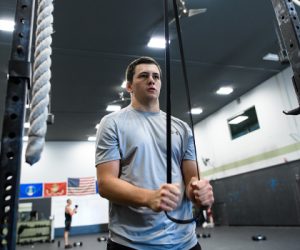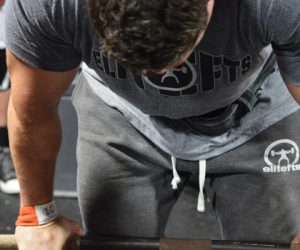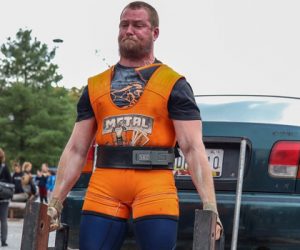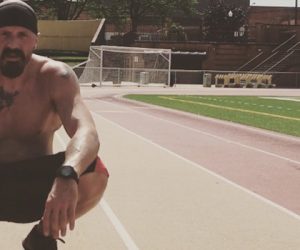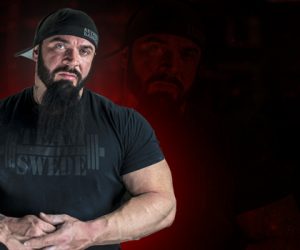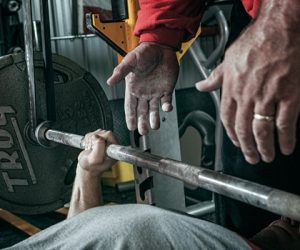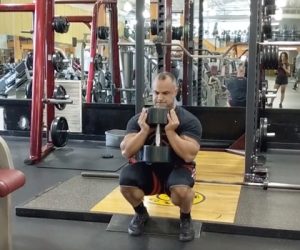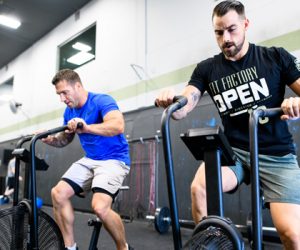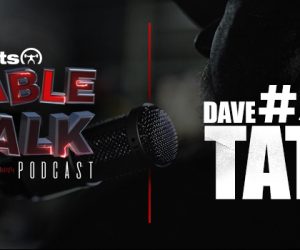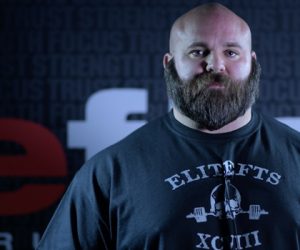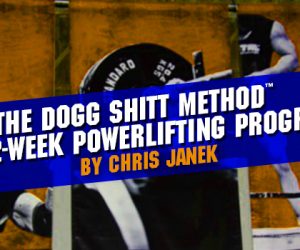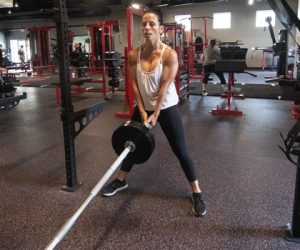The Education of a Powerlifter
This is one of the best and most popular articles to ever be posted on the site. After you read this you will understand what it means to Live, Learn, and Pass On.
Be Your Own Strength Coach
Embrace the wisdom of ‘Everyday Better’ and tailor your programming based on proven systems and personal goals.
Create a Whole-Body Training Program
In this final part of these series, let’s create a full-body training program. Rule 1…
5 Keys to Getting the Most Out of Your Training Program
Programming is important, but having a foundation that allows you to tackle your programming is the key. Don’t forget these 5 pillars to get the most out of your training.
How to Beneficially Program a Side Plank
The side plank is one of the toughest exercises to do correctly. Use these cues and tips to get the most out of your side plank positions.
18 Exercises Your Child Wants To Do
Somewhere between a child eloping, having a meltdown, or worse, associating everything miserable toward training, circle back to play with these exercises.
Muscles and Movements
“Train movements, not muscles.” This philosophy isn’t completely wrong, but it doesn’t tell the whole story. Learn how to build a program that does both.
Programming For Everyone
Anyone, regardless of experience, should be able to program workouts for themselves. Once you understand your goals, use these easy tips to build a program that delivers results.
Alternating Weekly and Monthly Plans
Building periodized programs is a big investment. It requires time, patience, and thought.
Programming Different Physical Qualities
I like to program from a metabolic, strength, or power focus. The three-day-a-week program allows more stimulation for each major area.
#106 - Dr. Jordan Shallow on Training, Education, and Giving a Shit
Take a look at your training programming in a more productive way, the importance of education, and why you should really give a shit.
What Kind of Lifter Are You?
Beware: Lots of programs out there are faulty. If it’s not addressing technical skill or CNS adaptation, it’s garbage. Here’s a DIY to try based on the type of lifter you are.
#60 - Programming Deep Dive
If you like learning about lifting or need some guidance on where to begin when creating your own programs this is the episode for you.
Tier System for the Physical Preparation of the Swimmer
How different can programming be for swimmers? Let’s take a deeper dive into how the Tier System fits perfectly into portions of the swim event and the number of days we train (no pun intended).
Programming is Irrelevant
The last time I checked, there are places that squat, don’t squat, wicket run, don’t wicket run, Olympic lift, Conjugate, Triphasic, unilateral, bilateral, and whatever else…BUT ALL OF THEIR ATHLETES SEEM TO DEVELOP.
Explosive Strength and Plyometric Options for Upper Body: How and When t...
Speed is king, right? Then you’d better train it. I have some medicine ball throws to get your athletes up to speed. Make sure those movements are crisp and fast! Go, go, go!
How to Write Your Own Program
Following a program along blindly without knowing much as to why you’re doing it will take you nowhere. No matter who it comes from. It’s time you think for yourself.
Peaking Technically
Peaking technically is reeling in your training from general to specific as a meet approaches while changing and removing variations and setting yourself up to be at your best technically. This is important when transitioning to a conjugate approach.
WATCH: Dave Tate's Powerlifting Warm-Up Circuit
If you’ve dreamed of training the same way Dave Tate’s athletes do, today’s your lucky day… well, not exactly. Maybe you can’t train like them, but you can sure warm up like them!
WATCH: I am Jordan Shallow
“I’m not the strongest guy in the world, but I might have a run as one of the stronger chiropractors.” elitefts coach and columnist Dr. Jordan Shallow wants to make his mark in chiropractic, education, training, and fitness — and he might be doing just that through his travels and writings.
Is Programming More Important Than Technique?
I decided to poll lifters at a meet to get their opinion. Their answers may surprise you.
Project Return to Press: The Road Back
You really don’t appreciate something until it’s gone. But man, when you’re able to bench again… there’s nothing like it.
Project Return to Press: No Barbell, No Problem
OK, maybe I shouldn’t have gone so hardcore with jiu-jitsu, but you know what? I made the best of my injury and learned from it.
A Strength and Conditioning Program for Youth Swimming
As with training any new client, there is a trial and error process to see what is effective and what isn’t. In this case, the training system I have put in place for my swimmers has supported them in breaking multiple national records in various events.
Jeff Guller's 2019 in Review
Even though I didn’t make all of the goals I set for this year, I did have some good results. And if results are the measure of a year, then it was a good year.
Win Games by Waving Volume
Most college programs that I’ve seen basically run three sets on all accessories. I didn’t want to be most college programs. I had to find a way to do a ton of work and build work capacity but also not run the kids into the ground. That’s where waving volume came into play.
Programming Through Injury: Good, Better, and Best Options
Programming through injury doesn’t need to be nearly as complicated as we make it. It’s not really all that different than programming a regular training block for a movement with a few differences.
Creature of Habit
Habits can be a double-edged sword that work against you, particularly in training. Attending elitefts’ LTT3 Seminar catalyzed the habits I needed to break to push past my training plateaus.
Integration of Strength and Power Programming for the Lower Body in Spor...
Running sports are tangential in nature, so in order to optimize transfer from the weight room to the field, both vertical and horizontal movements need to be considered. To this end, the program I am going to outline will look at elements of training to ensure all bases are covered.
WATCH: How to Implement Strongman into Your Powerlifting Training [White...
If you’re interested in doing some strongman movements but are hesitant because you’re in the middle of a program, don’t be! Brian Alsruhe will show you how to implement those movements into your current program.
Smarter Programming for the Competitive Box Athlete
Believe it or not, it is possible to train multiple qualities at the same time. Athletes all over the world are training that way and making huge strides.
How to Set Up a Successful Meet Prep
The harder you work and push yourself in your off-season, the better and more productive your competitive season will be.
The Good Trainer
You don’t need to hire the Stephen Hawking of all trainers, but you’ll still want a knowledgeable, safe, efficient, and successful trainer.
The Ultimate Guide to Designing a Muscle-Building Diet
“How do I make my own muscle-building diet?” is a complex question, and this article will take you through a complete step-by-step process. By the end, you’ll have a muscle-building nutrition program ready to go.
Max Effort Modifications for Lifters with Anxiety and/or Depression
Many lifters with anxiety and/or depression find that during or following max effort, their mental health symptoms worsen, and/or their sleep quality and recovery suffer dramatically. These three modifications to max effort work may prevent or lessen some of these issues.
The Terrible 10 Conjugate-Based Program for Geared Lifters Going Raw
Geared lifters who want to do a raw meet or transition to raw need to relearn or unlearn certain things, which is why this program can be manipulated for different weaknesses.
16-Week Beginner Conjugate Program
I’m going to share a program with you that someone asked for my advice and input on. I know very little about this lifter. I got a little bit of information from them through Instagram, but other than that, what I’m writing are my initial thoughts and an improved program based on this information.
8-Week Upper Body Powerbuilding Program
Using powerbuilding blocks intermittently can help the weak get stronger and the small get bigger without fully compromising or favoring the other. That’s exactly what this program aims to achieve.
Even More Conjugate For A Little Old Man
This little old man’s secret to recovery lies in one word: bands.
LISTEN: Table Talk Podcast Clip — Dan Green on Using Intensity to Build ...
“…I’m using powerlifting lifts in a bodybuilding style…” Dan Green shares the secrets to building muscle as a powerlifter and as a bodybuilder.
Chin-Ups at a Higher Bodyweight
If you’re a heavier trainee, chin-ups are difficult… but not impossible. Case in point: I’m nearly 50 years old and weigh 245 pounds, but I do chin-ups for volume rather than output. Here lies the secret to my chin-up success.
November's GPP for Your Business
You write programs for your athletes, but have you programmed anything for your business? Think about GPP for your clients and then create a GPP program for your gym.
WATCH: The Method Behind Brian Alsruhe's Training [Whiteboard Edition]
Brian Alsruhe’s background in strongman, martial arts, MMA, and counter-terrorism led to his training system being “messed up” and unique from everyone else’s. Despite that, he’s found great success with his programming and will be breaking it down in this video.
How to Increase Work Capacity Without Overtraining
There’s a fine line between doing enough work and too much work. Don’t fall into this trap. Be realistic with yourself (and your clients, if you’re a coach) and train for long-term success, not for short-term burnout.
LISTEN: Table Talk Podcast Clip — Dave Tate's Simple and Effective ...
The conjugate method isn’t simple for everyone, which is why Dave decided to write down an explanation on the Table Talk table.
Daily Undulating Periodization Programming for Your Next Powerlifting Meet
Want to smoke your old PRs? Try applying daily undulating periodization, or DUP, to your programming. Rather than changing sets, reps, and intensity every 6 to 12 weeks, DUP changes those variables on a daily basis.
7 Reasons Why Conjugate For Strongman Makes Sense
Strongman, like any strength sport, can be programmed intelligently, allowing an athlete to reach their zenith for that time in their life. No training style has allowed me to do that quite like the conjugate method.
A Strength Athlete's Running Journey
I always had an interest in running. I enjoyed it. It always seemed to help me mentally, and honestly, I feel it’s in all of our blood, and we are predisposed to endurance. But I had pain in my right angle and big toe, so I told myself I’d never be able to run. Until now.
Optimizing My Travel Training Efficiency
With this training-while-traveling program, keep in mind I’ve been in 6 cities in 5 different states in the last 5 weekends and on the road for 20 of the last 35 days. My needs and resources in terms of time, help, equipment, recovery, and a host of other factors may vary from yours.
Resistance Training for Youth Lacrosse Athletes
I introduced my daughter to resistance training a couple of years ago. This August, we ramped up the training with two weekly sessions and speed training. This article details some excerpts from the resistance training portion of our program.
Progressions in Exercise Selection Based on Technical Proficiency
I firmly believe you have to start at the simplest movement that someone can master correctly, and then, over time, progress from that simple movement to the more complex movements. The process is one of progressive skill acquisition.
Practical Prilepin Plans
It is this article’s intention to impart an easily identifiable progression in accordance with Prilepin’s stipulations and practical examples of it, all of which I’ve used at the Division I level.
5 Weeks to Goblet Squat Dominance
Think goblet squats are wimpy exercises? Follow this program for five weeks, and you’ll change your mind. You’ll likely improve your squat mechanics, too.
Use the Air Bike to Train All 3 Energy Systems
Believe it or not, the Air Bike can provide more benefits than just smoking your clients.
LISTEN: Table Talk Podcast #30 — How Dave Tate Trained His Clients
If you train gen pop, how do you get into your clients’ heads? What exercises do you choose? Dave Tate answers these questions based on his experiences from training gen pop.
What To Do When You Are Stuck
If your lifts are stagnating, it’s time to think and look outside of the box.
The Dogg Shitt Method™ 12-Week Powerlifting Program
This 12-week cycle is very effective when followed to a T. If picked apart, it won’t work as well, so listen closely.
Conjugate for General Population Personal Training
Not sure how to apply the conjugate method for training general population clients? Don’t worry about it; I’ll break it down for you right here. It’s easier than you think.
Combining Dynamic Hip and Stabilization Drills for Runners
Strength training for runners is the chassis that underpins the abilities of speed and endurance to help these withstand practice and compete at a higher level — no meathead approach here! Plus, all you need for this program is a buddy and a band. Easy peasy.



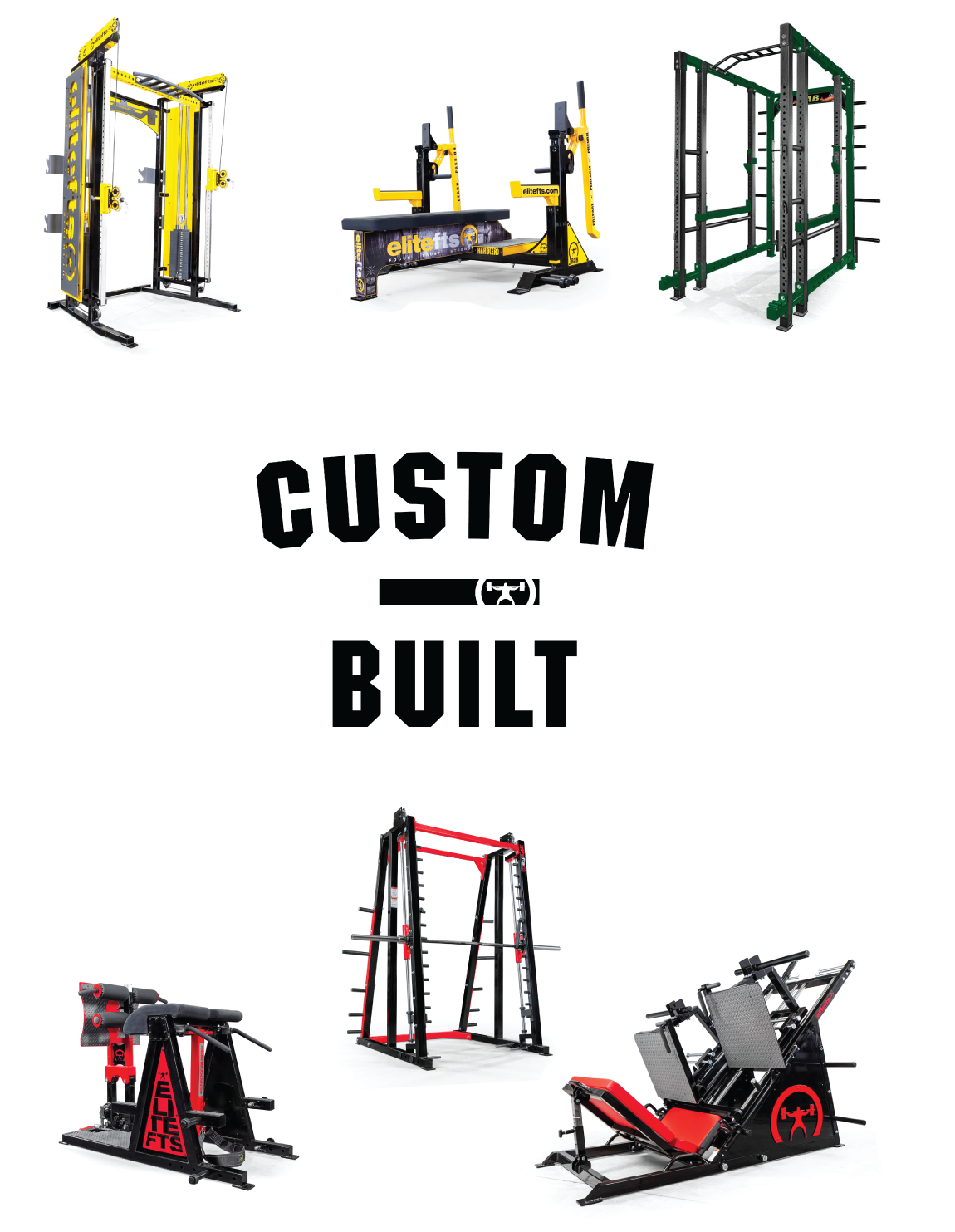

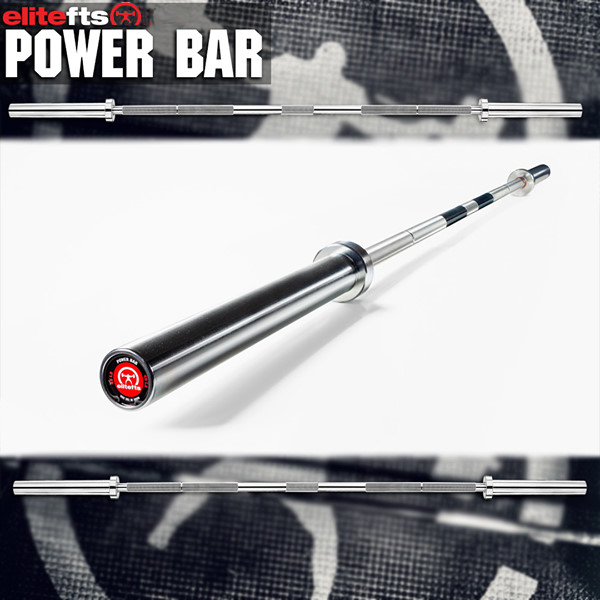
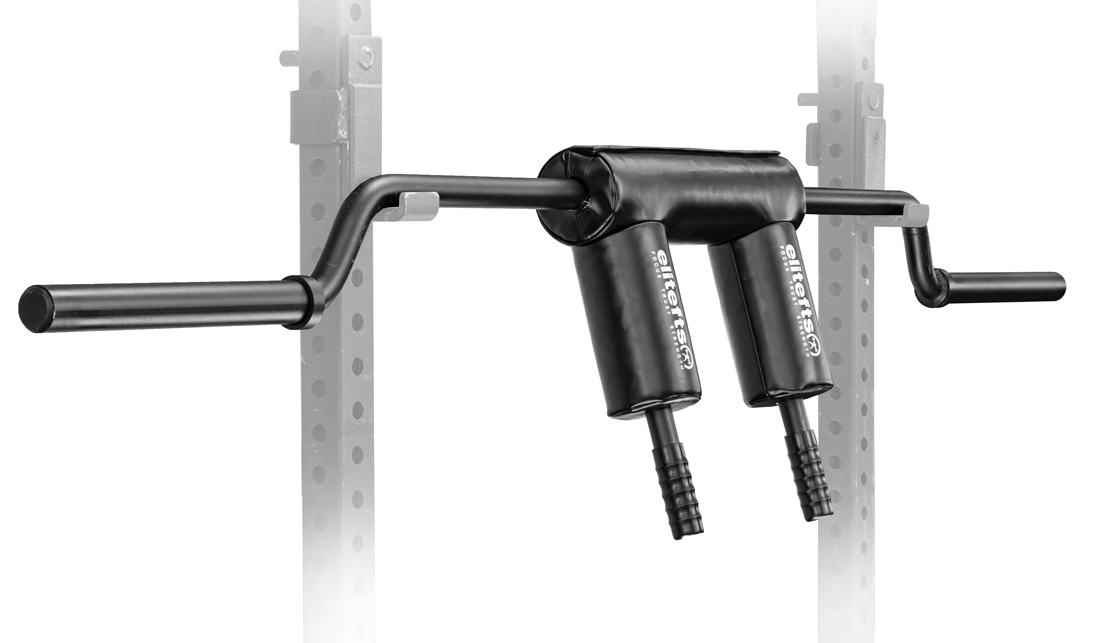
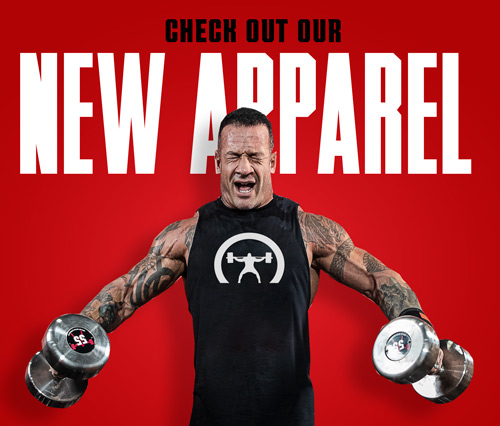
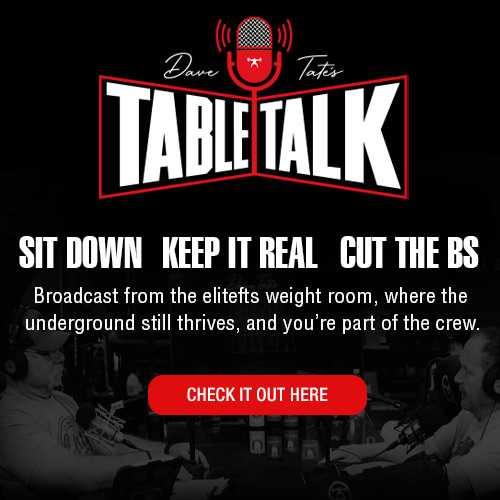
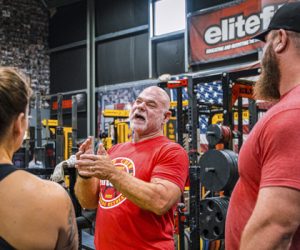
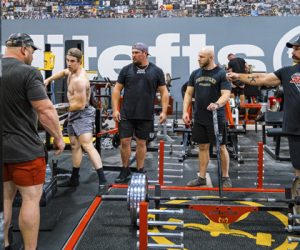
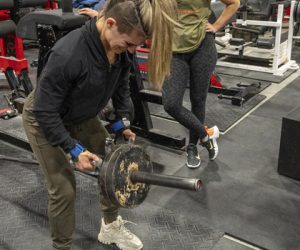
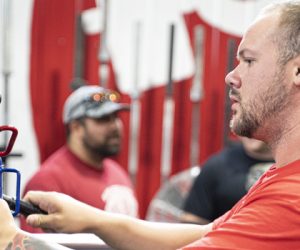
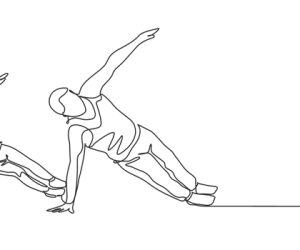
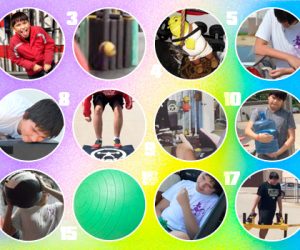
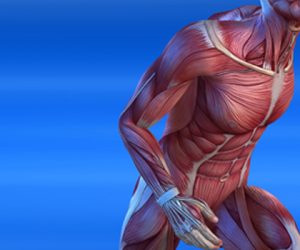
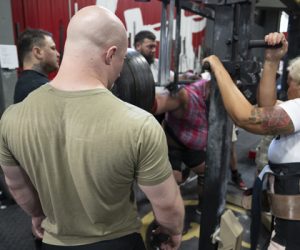


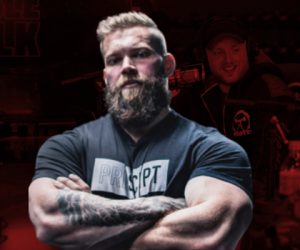
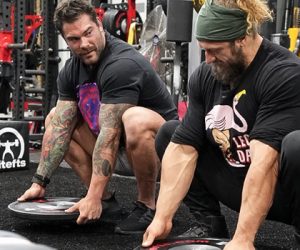
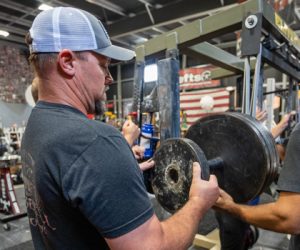

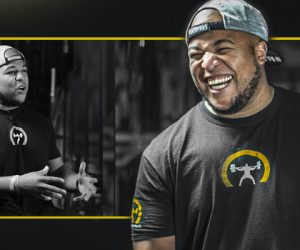
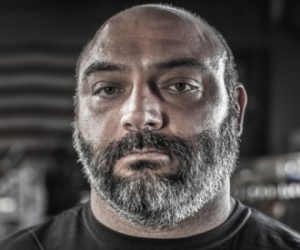

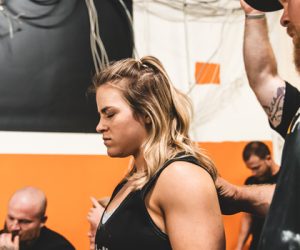

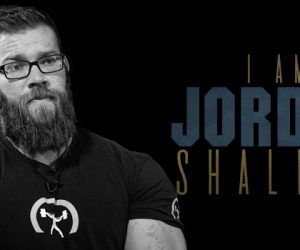
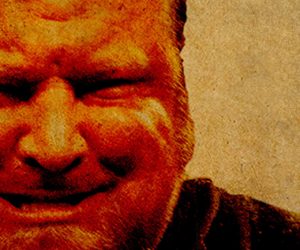
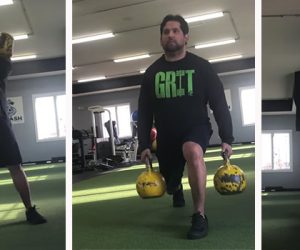
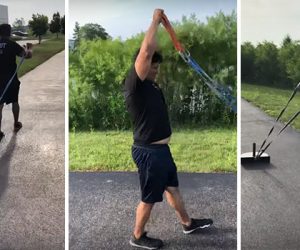

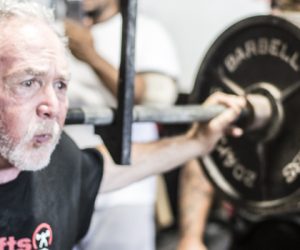
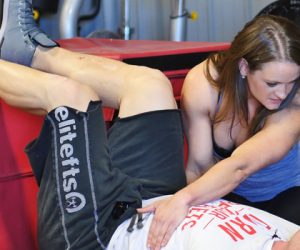
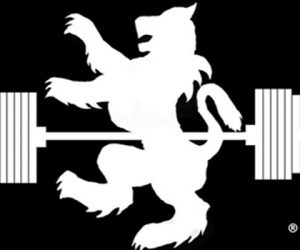

![WATCH: How to Implement Strongman into Your Powerlifting Training [Whiteboard Edition]](https://www.elitefts.com/wp/wp-content/uploads/2019/11/Screen-Shot-2019-12-09-at-1.37.31-PM-300x250.png)
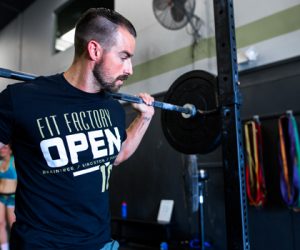
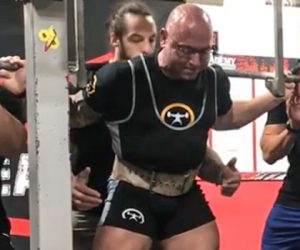
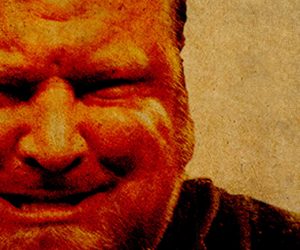
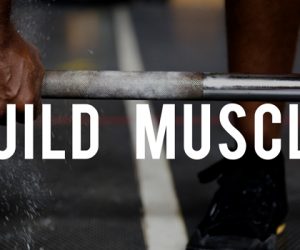
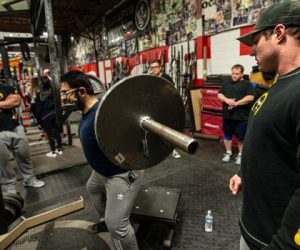
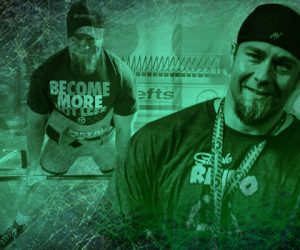
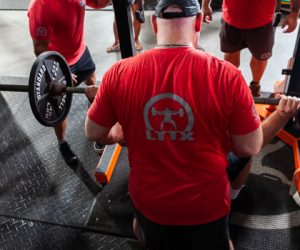
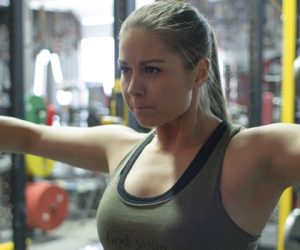

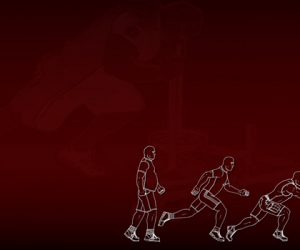
![WATCH: The Method Behind Brian Alsruhe's Training [Whiteboard Edition]](https://www.elitefts.com/wp/wp-content/uploads/2019/11/BrianWhiteboard-300x250.jpg)
